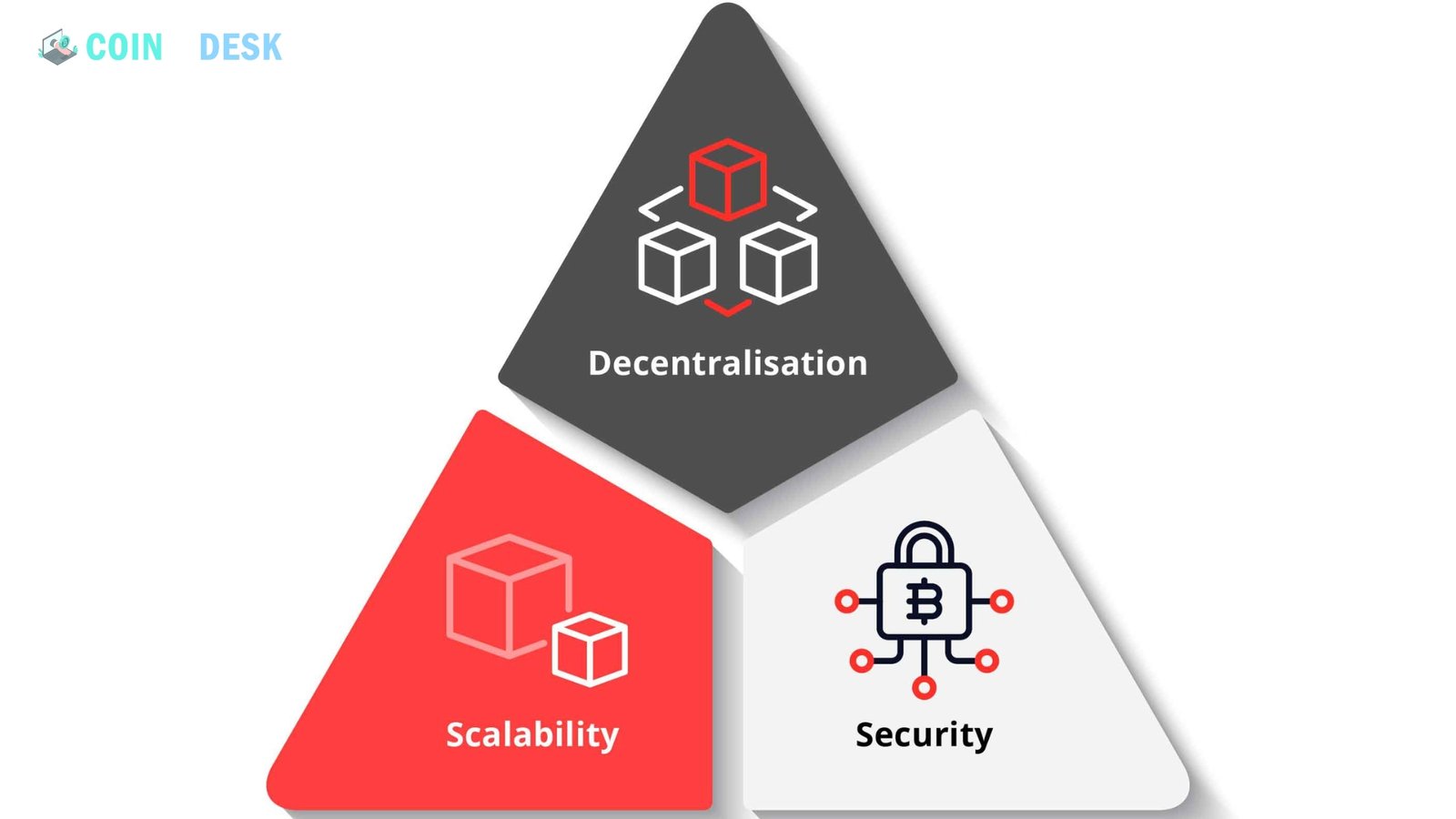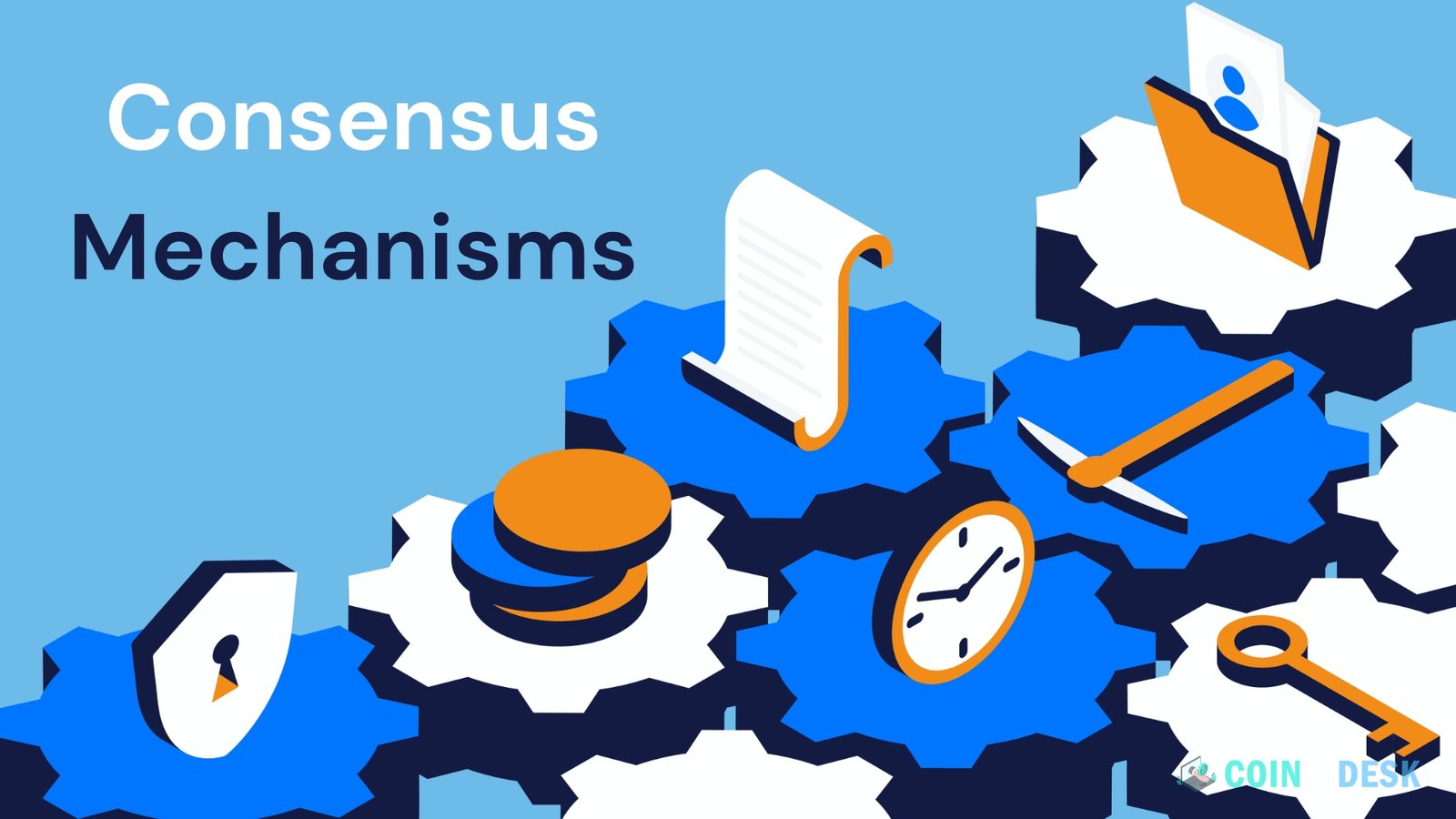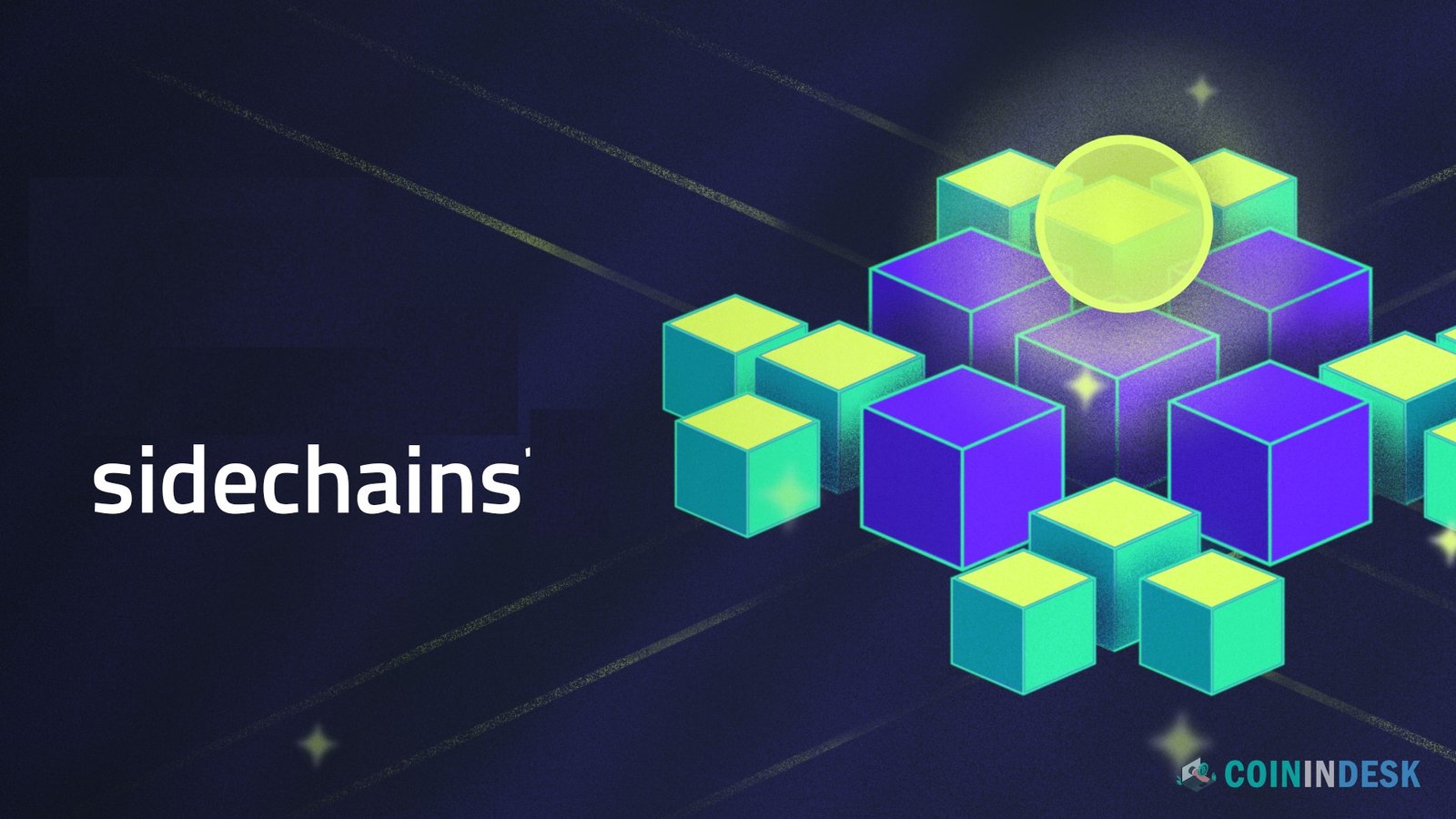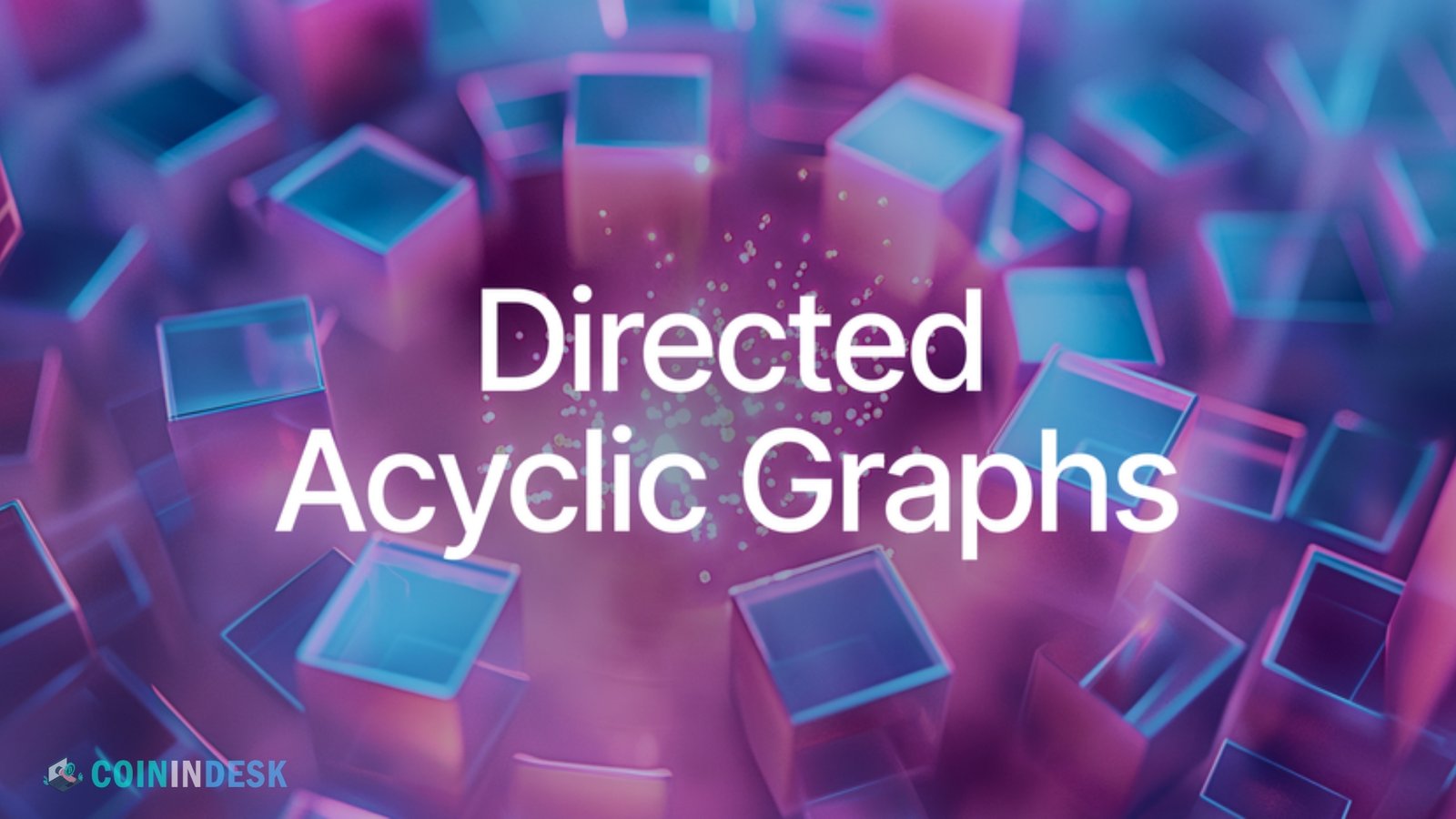Blockchain Scalability: Blockchain technology has revolutionized various industries by offering a decentralized, secure, and transparent way to conduct transactions and store data. However, scalability is one of the most pressing challenges that has persisted since the inception of blockchain. As the adoption of blockchain grows, so does the need for networks that can handle increased demand without compromising speed, security, or decentralization. In 2024, the conversation around blockchain scalability is more critical than ever, with innovative solutions emerging to tackle this issue head-on.
Understanding Blockchain Scalability
Scalability in the context of blockchain refers to the network’s ability to handle a growing number of transactions or an increasing amount of data without suffering performance degradation. The original blockchain, Bitcoin, was designed with security and decentralization in mind, but it sacrifices speed and throughput. Bitcoin’s network can process approximately seven transactions per second (TPS), compared to traditional payment systems like Visa, which can handle thousands of TPS.
Ethereum, another major blockchain, introduced smart contracts and decentralized applications (dApps), expanding the possibilities of blockchain technology. However, it also faces scalability issues, with its network currently capable of processing around 15-30 TPS. These limitations have led to high transaction fees and slower processing times, particularly during periods of high demand, such as during the 2017 ICO boom or the 2021 NFT craze.
The Scalability Trilemma
The “scalability trilemma,” a term coined by Ethereum co-founder Vitalik Buterin, encapsulates the challenge of balancing three critical aspects of a blockchain: decentralization, security, and scalability. According to the trilemma, a blockchain can only achieve two of these three properties at any given time:
- Decentralization: Ensuring the network is not controlled by a single entity or a small group of entities.
- Security: Protecting the network from attacks and ensuring data integrity.
- Scalability: Increasing the network’s capacity to handle more transactions or data.
For instance, a blockchain prioritizes security, and decentralization may struggle with scalability, while one focusing on scalability might compromise on decentralization or security. Solving the scalability trilemma is the key to creating a blockchain that can meet the demands of a global user base.
Layer 1 Solutions
Layer 1 solutions involve changes to the blockchain protocol’s base layer to improve scalability. These solutions often require consensus among network participants and can involve significant changes to the blockchain’s operation.
Sharding
Sharding is a technique that divides the blockchain into smaller, more manageable pieces called “shards.” Each shard operates independently, processing its transactions and smart contracts. The network can process many transactions in parallel by spreading the load across multiple shards, significantly increasing throughput.
Ethereum 2.0, also known as the Ethereum Consensus Layer, is implementing sharding as a key part of its scalability strategy. Once fully implemented, Ethereum 2.0 aims to support up to 100,000 TPS, a dramatic improvement over the network’s current capabilities.
Consensus Mechanisms
Improving the consensus mechanism is another approach to enhancing Layer 1 scalability. Traditional proof-of-work (PoW) systems, used by Bitcoin and the original Ethereum, are secure but resource-intensive and slow. Transitioning to proof-of-stake (PoS) or other consensus algorithms can help reduce the computational burden and increase transaction throughput.
Ethereum’s transition from PoW to PoS, finalized with the Ethereum Merge in 2022, is one example of this approach. PoS is more energy-efficient and can support faster transaction processing by selecting validators based on the number of tokens they hold and are willing to “stake” as collateral.
Increasing Block Size
Another straightforward method to improve scalability is to increase the block size, allowing more transactions to be processed in each block. However, this approach has trade-offs, as larger blocks require more storage and bandwidth, potentially leading to centralization as only those with significant resources can participate in the network.
Bitcoin Cash is an example of a blockchain that opted for larger blocks to improve scalability. However, the debate over block size remains contentious, as larger blocks can lead to longer propagation times and potentially less secure networks.
Layer 2 Solutions
Layer 2 solutions operate on the existing blockchain and aim to improve scalability without altering the base layer. These solutions are generally more flexible and can be implemented without a network-wide consensus.
State Channels
State channels are a Layer 2 solution that enables off-chain transactions between participants. Two or more parties open a channel, conduct numerous transactions off-chain, and then settle the final state on the blockchain. This approach reduces the load on the main chain and allows for near-instantaneous transactions.
The Lightning Network, built on top of Bitcoin, is a well-known implementation of state channels. It allows users to make micropayments with minimal fees, improving the scalability of the Bitcoin network for small, frequent transactions.
Sidechains
Sidechains are independent blockchains connected to the main chain through a two-way peg. They can have their consensus mechanisms and operate with different rules, allowing for experimentation and flexibility. Transactions can be moved between the main chain and sidechain, enabling the main chain to offload some of its processing requirements.
Polygon (formerly Matic Network) is a popular Ethereum sidechain solution. It allows for faster and cheaper transactions while maintaining a connection to the Ethereum mainnet, making it a valuable tool for scaling dApps and DeFi platforms.
Rollups
Rollups are a promising Layer 2 solution aggregating multiple transactions into a single transaction on the main chain. There are two main types of rollups: optimistic rollups and zk-rollups (zero-knowledge rollups).
- Optimistic Rollups assume that transactions are valid and only require verification if there is a challenge. This approach reduces the computational load and allows for higher throughput.
- Zk-Rollups uses zero-knowledge proofs to verify transactions off-chain before submitting them to the main chain, ensuring security while improving scalability.
Both types of rollups are being actively developed and integrated into Ethereum’s scalability roadmap. They offer a way to increase transaction throughput while significantly maintaining security and decentralization.
Emerging Technologies and Innovations
As the blockchain industry matures, new technologies and innovations emerge, offering potential solutions to the scalability problem.
Directed Acyclic Graphs (DAGs)
DAGs represent an alternative to traditional blockchain structures, organizing transactions in a non-linear, graph-based format. This structure allows for asynchronous transaction processing, enabling potentially unlimited scalability. IOTA, a project focused on the Internet of Things (IoT), uses a DAG-based system known as the Tangle, which aims to provide high scalability without fees.
Interoperability Protocols
Interoperability protocols allow different blockchains to communicate and share information, enabling them to work together to scale. Polkadot and Cosmos are leading projects in this space, offering frameworks for building interconnected blockchains. By enabling cross-chain transactions and data sharing, these protocols can help alleviate scalability issues by distributing the load across multiple networks.
Quantum Computing
While still in its early stages, quantum computing has the potential to revolutionize blockchain scalability. Quantum computers can perform complex calculations at speeds far beyond what is possible with classical computers, potentially allowing for near-instantaneous transaction processing. However, the development and integration of quantum-resistant cryptography will be essential to ensure the security of blockchain networks in a quantum era.
The Future of Blockchain Scalability
In 2024, blockchain scalability remains a central challenge for the industry. As more businesses, governments, and individuals adopt blockchain technology, the need for scalable solutions will only grow. The combination of Layer 1 and Layer 2 solutions and emerging technologies offers a path forward to building blockchains that can handle global demand.
The ongoing development of Ethereum 2.0, the rise of Layer 2 solutions like rollups, and the exploration of alternative architectures like DAGs are all promising avenues for improving scalability. However, the scalability trilemma reminds us that trade-offs will always exist, and finding the right balance between decentralization, security, and scalability will continue to be challenging.
As the blockchain ecosystem evolves, the ability to scale effectively will be crucial for realizing the full potential of decentralized technology. Today’s innovations will shape tomorrow’s blockchain networks, paving the way for a future where blockchain is not only secure and decentralized but also scalable enough to support a truly global user base.


